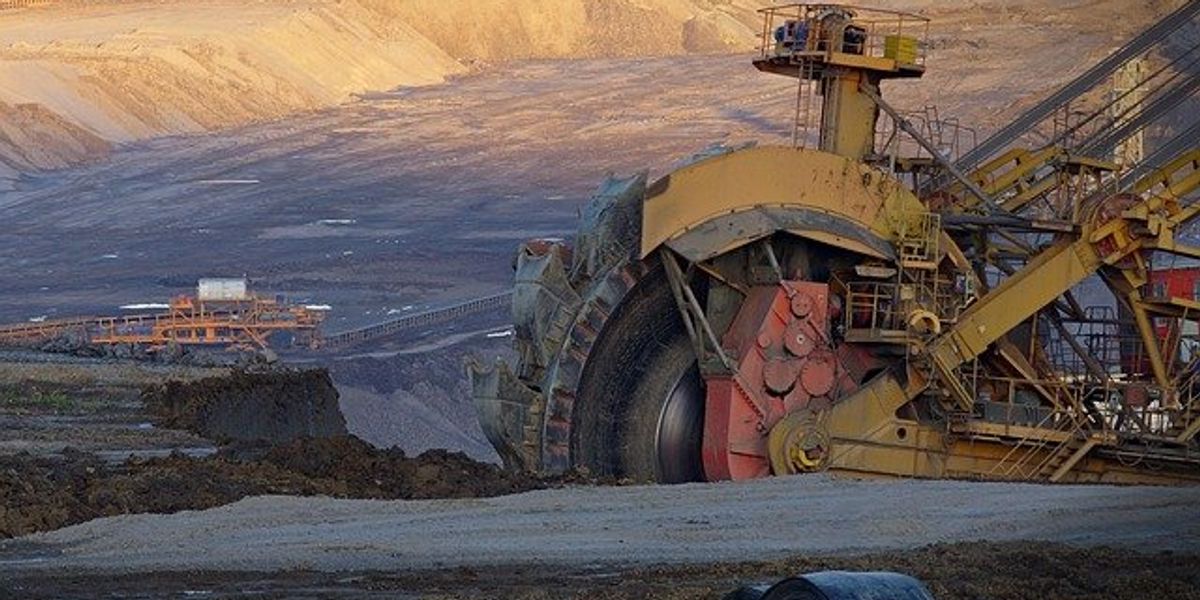moon
Scientists suggest storing Earth's biodiversity on the moon
Faced with mounting extinction threats, scientists propose a lunar biorepository to preserve Earth’s biodiversity as a safeguard against climate change and other disasters.
In short:
- A team of international experts has suggested creating a lunar vault to store frozen biological samples of endangered species, offering a backup against terrestrial threats like climate change and war.
- The moon’s cold environment could preserve these samples without human intervention, ensuring they remain viable for future cloning and biodiversity restoration efforts.
- Although costly and challenging, the proposal aims to protect biodiversity while urging continued efforts to preserve species on Earth.
Key quote:
“If you say: I’m going to do it this way, and it doesn’t work, what’s plan B?”
— Dr. Mary Hagedorn, Smithsonian’s national zoo and conservation biology institute
Why this matters:
As climate change and habitat loss accelerate species extinction, safeguarding biodiversity becomes crucial for the planet's ecological balance. A lunar biorepository offers a unique but controversial solution by protecting genetic material from disasters that threaten Earth's existing conservation efforts.
Related EHN coverage:
Researchers find that mangroves expand and contract following phases of the moon
“Earthshine” from the Moon shows our planet is dimming, intensifying global warming
Earth's brightness, as seen from space, has dropped significantly over the past two decades. When the planet reflects less light, more sunlight reaches the ground and the sea, warming the atmosphere. A natural rise in Pacific Ocean temperatures in 2015-2017 made Earth even dimmer by reducing bright clouds over the western Americas, a new study concludes.

















